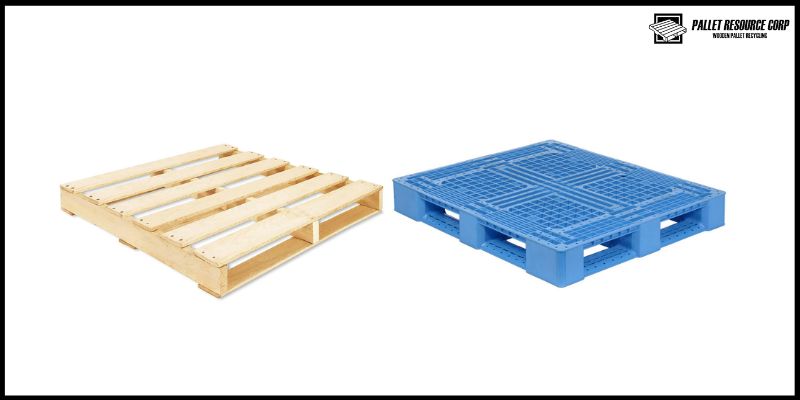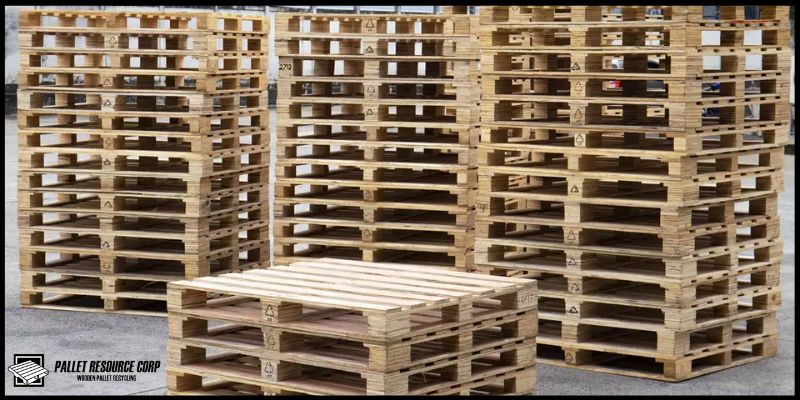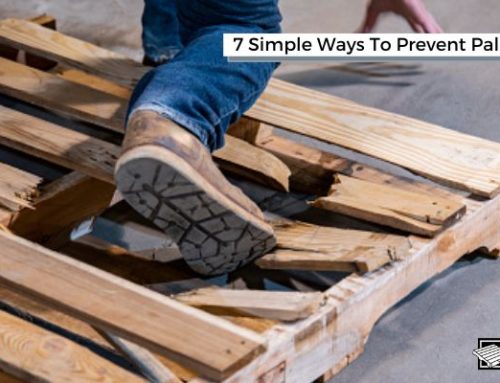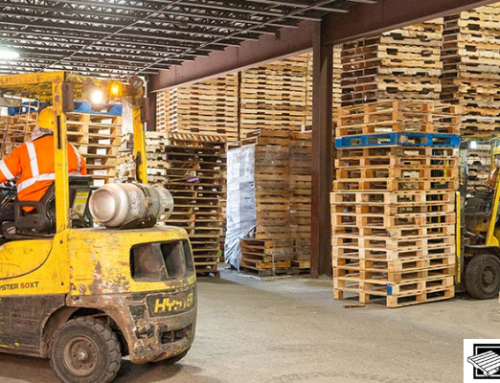Pallets come in a variety of sizes and forms. It is crucial for your business that you choose the best pallets for your purposes. This can help you safeguard and maximize your shipments, ensuring they reach their intended location without breaking the bank.
Since there are distinct pallets available, it might be challenging to decide which one to buy for your company. You need to know whether you need heat-treated, U.S. standard, or European pallets for your business. Whatever your needs, the information that follows will help you make a well-informed decision on your next pallet purchase by shedding some light on the subtleties and complexity of the pallet industry.
Find out which pallet is the best option for your shipment by briefly reading these tips…
#1 Choosing The Right Size Of The Pallet
This is the first tip and most essential of all. You should select the right pallet size according to your business requirements. For road shipment, the most typical pallet size is 80 cm broad by 120 cm long. Pallets with dimensions of 100 x 120 cm or 80 x 60 cm are also available. Is the size of your cargo variable? Then there’s the option of having a pallet constructed to order.
#2 Understanding The Pallet Type

Pallets come in a variety of shapes and sizes. The most frequent pallet transport varieties are the euro pallet, the block pallet, and the tiny pallet. These pallets have a composition of three beams and a slatted platform on which the products can be put. On the European mainland, the Euro pallet (80 x 120 cm) is the most regularly used pallet. However, the block pallet (100 x 120 cm) is also often used for somewhat bigger loads. This kind of pallet is also known as an “industrial pallet.” It is commonly seen in France and the United Kingdom. The micro pallet, with dimensions of 80 x 60 cm, is the most typical type for smaller weights.
#3 The Load Capacity
The material used to make the pallets should be durable, renewable, feasible, and recyclable. Depending on your needs, the material you select should be impervious to abrasion, chemicals, weather fluctuations, and other hazards. For example, if your product has a chemical coating or is abrasive, it shouldn’t react with the pallet material. Pay attention to details like the technology used. Moreover, check the safety, eco-friendliness, etc. Take into account the product packaging that you employ. You may choose the size and composition of the pallet using all these considerations.
#4 The Pallet Material

For the most part, wooden pallets are reasonably priced, incredibly robust, and capable of supporting a lot of weight. A hardwood pallet, though, might rapidly weigh 25 kg, making it difficult to lift by hand. There are a number of substitutes that are likewise quite durable, such as polyethylene and plastic pallets. There are also many variations constructed of cardboard, styrofoam, or compressed wood. These, however, frequently have a single purpose.
Summary:
Are you looking for high-quality pallets for your shipment business? If yes, then Pallet Resource Corporation can help you get the best products without any hassle. All you need to do is to provide your requirements. You will get guaranteed durable pallets within the stipulated time. For more information, call Pallet Resource Corporation of Blaine, Minnesota, at 763-792-2882.




